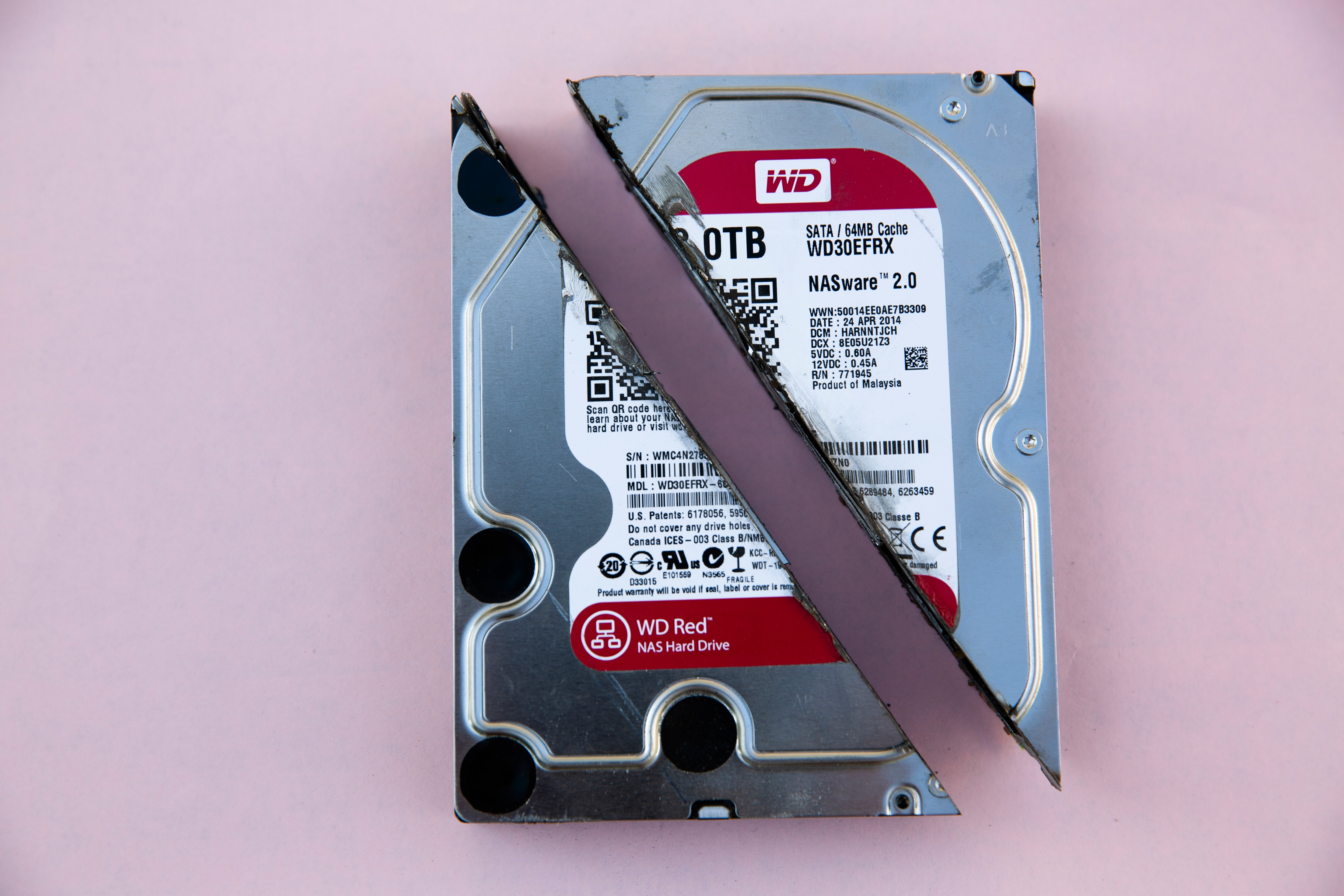
Automatic MySQL and FTP backup
Want to backup
Case: I have a Wordpress page that stores stuff in MySQL database. I want to schedule a backup of the page, so that I am able to restore the page even if the file area is blanked out and the database has mysteriously disappeared. I want the schedule to run, say, every night and without having to do any manual work. In short: I want to backup a MySQL table and FTP file area from a remote server.
Solutions
Solution #1: Mover
Mover is a web application that has a very sleek interface. It’s.. sweet. Simple. The transitions alone make me happy. Water is running in my mouth. I wanted this before I knew what it was. You simply select a source, a destination and (if you want) set up a schedule for it to be run. The source and destination nodes (called Connectors) can be SFTP, FTP, MySQL, Dropbox, Google Drive and more. It costs money. A basic account gives 10 GB of free “try-out” transfer, and costs 1$ for every GB after that. For large consumers, it probably has cheaper pricing models. This might say itself, but in order for Mover to schedule a transfer of your files, you’ll have to provide them with the login information for the connectors you use. And I’m not very keen giving away database, Dropbox and Google passwords.
Solution #2: Backing up MySQL with automysqlbackup
AutoMySQLbackup is a very decent script. It allows you to do automatic mysql-backups, even with email notification if that’s your thing. It can even even send you the sql-backup as an attached file in the e-mail.
Setup automysqlbackup
-
Download it.
-
Navigate to the downloaded folder
cd "automysql-folder" -
Copy automysqlbackup.conf (the template) to myserver.con
cp automysqlbackup.conf myserver.conf -
In myserver.conf (the config file for your backup), change:
# Your MySQL username CONFIG_mysql_dump_username='username' # Your MySQL password CONFIG_mysql_dump_password='password' # IP or DNS of MySQL server # (e.g. localhost if it's the same machine) CONFIG_mysql_dump_host='name.serverpark.com' # Where to store the backup (locally) CONFIG_backup_dir='/home/username/sqlbackups'
Now you’re good to go running your first backup!
Only back up certain databases
In order to only back up certain databases, specify them in the CONFIG_db_names.
CONFIG_db_names=( 'table_name1' 'table_name2' )Running one backup
-
After you’ve setup automysqlbackup, you just run automysqlbackup with your config file as parameter
./automysqlbackup '/path/config/myserver.conf'
Now the backup should be stored within the path you located in CONFIG_backup_dir in the previous step.
Setting up e-mail
This step will make the script send you an e-mail when it’s run.
-
In the config file, navigate to Navigation Setup section, and change:
# Email Address to send mail to? (user@domain.com) CONFIG_mail_address='youremail@example.com' -
And mailcontent to log (send log to e-mail) or files (also include the actual backup)
-
# What would you like to be mailed to you? # - log : send only log file # - files : send log file and sql files as attachments (see docs) # - stdout : will simply output the log to the screen if run manually. # - quiet : Only send logs if an error occurs to the MAILADDR. CONFIG_mailcontent='log'
Running automysqlbackup regulary
Set up crontab to run the script with parameters for daily at 2AM:
crontab -eWhere you add
0 2 * * * /scriptpath/automysqlbackup '/configpath/myserver.conf'Restoring a backup sql file
In Sequel Pro (what a nice program), you can simply connect to the database and click File > Import and upload the .sql file that you backed up. There is probably an as-easy way to do this from the command line, but honestly… I can’t be bothered figuring that out before the need for it occurs.